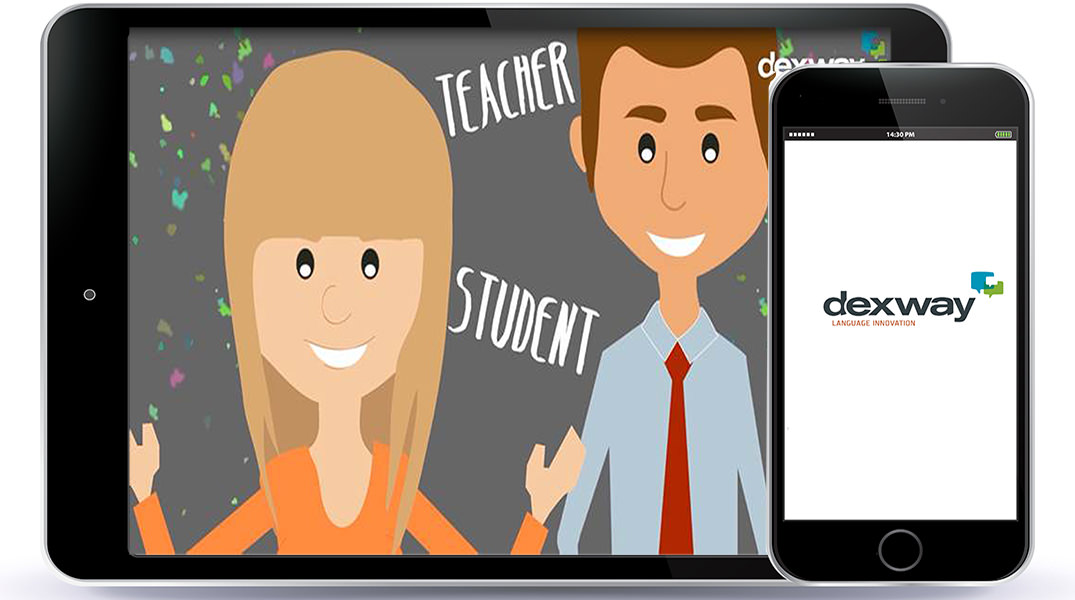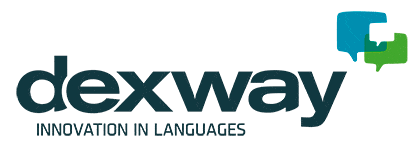Language training in language centers and universities has traditionally been a sector reluctant to adopt educational technology: until now, it was a below-average sector in digital transformation. We explained the causes that explain it in our white paper on language academies and new technologies. The Verxact 2020 study also pointed to the main concerns of language centers when undertaking their digital transformation.
However, in recent months the international scene has changed, and we have witnessed an acceleration in the transformation process that places the sector years ahead, in just a few weeks. The need to continue their training and have to do it remotely has incorporated digital tools in language schools and universities that until now only offered the possibility of learning in the classroom, or at best, with access to a repository on-line.
Learning a language has traditionally been a very intense undertaking. Anyone wishing to add a second or third language to their repertoire needed to be prepared to invest a huge amount of time and often a signifiant amount of money too. Luckily, that doesn’t have to be the case anymore. The use of technology in education has made the process of learning a language much less painful and far less time consuming. This is great news as our increasingly globalised society is making foreign language skills more and more important.

In fact, educational technology is now widely regarded as the most advanced way to learn languages. Studies have shown that language classes supplemented with web-based lessons are significantly more effective than traditional textbook learning. EdTech, as it has become known, has also been shown to improve skills such as communication, listening, collaboration, problem solving and self direction, all of which are important when it comes to learning a new language.
One of the reasons that the growth of technology in education has been particularly big in the language sector is because of the passion and enthusiasm of language educators. Language teachers from across the globe have been one of the driving forces behind technology in the classroom and it’s in part thanks to them that so much innovation has occurred.
This has been reflected in the quality of teaching that’s now on offer at schools, colleges and language schools. A typical language course will now include digital tools such as video conferencing, e-learning software and high tech language labs in addition to valuable face-to-face teaching time. This type of blended learning opens up a wide range of opportunities to modern students. In addition to the tuition they receive during class time, they can make individual study time much more productive by using eLearning software to revise and improve.
Even better, edTech and all its benefits isn’t just available to students enrolled at traditional education establishments. Digital language learning technology has become accessible to all thanks to the growth of e-learning software. Aspiring learners can now choose to enrol on a top quality virtual course from wherever they’re based, either in their own time or as part of continuing professional development in their workplace.
Want to know more about technology in language education and how it benefits the learning process? Read our articles on blended learning and the flipped classroom method for more insight.

